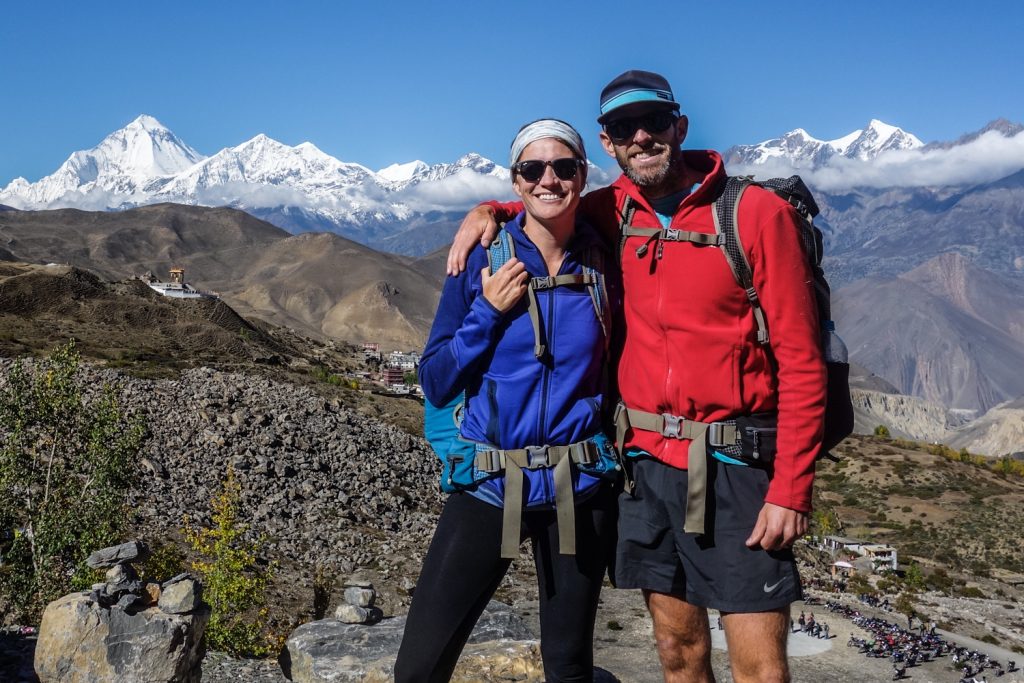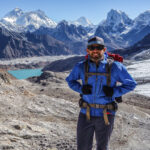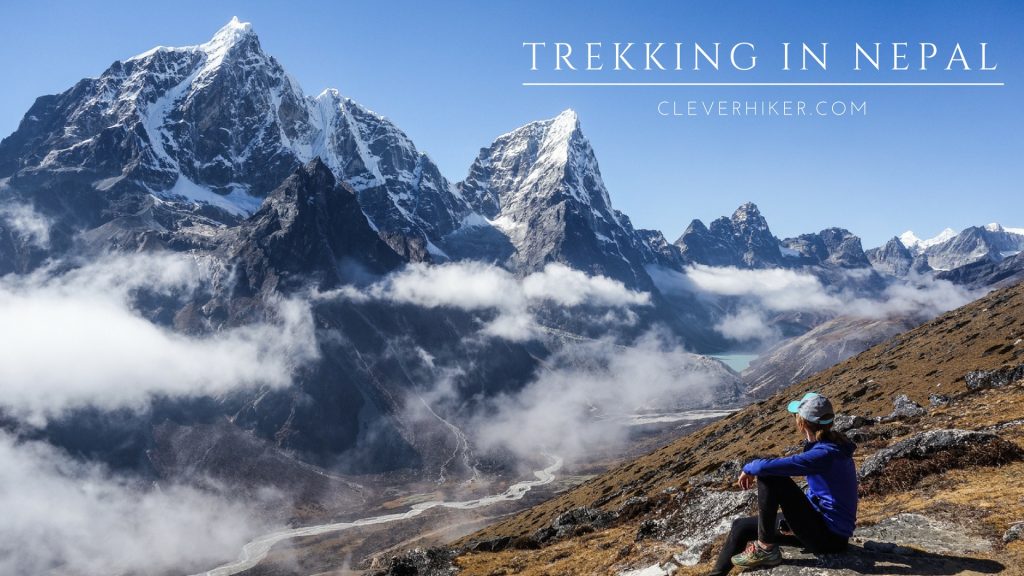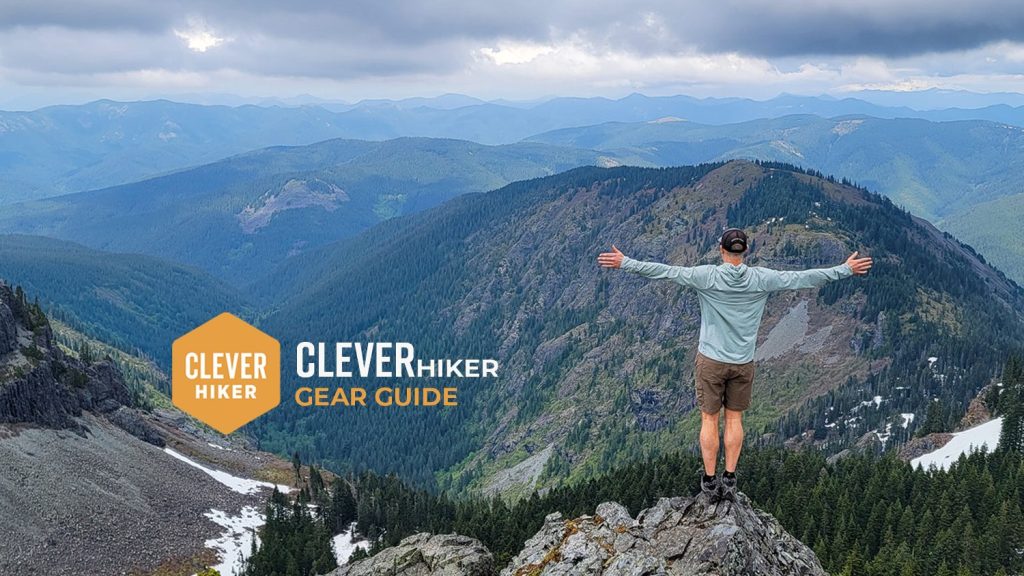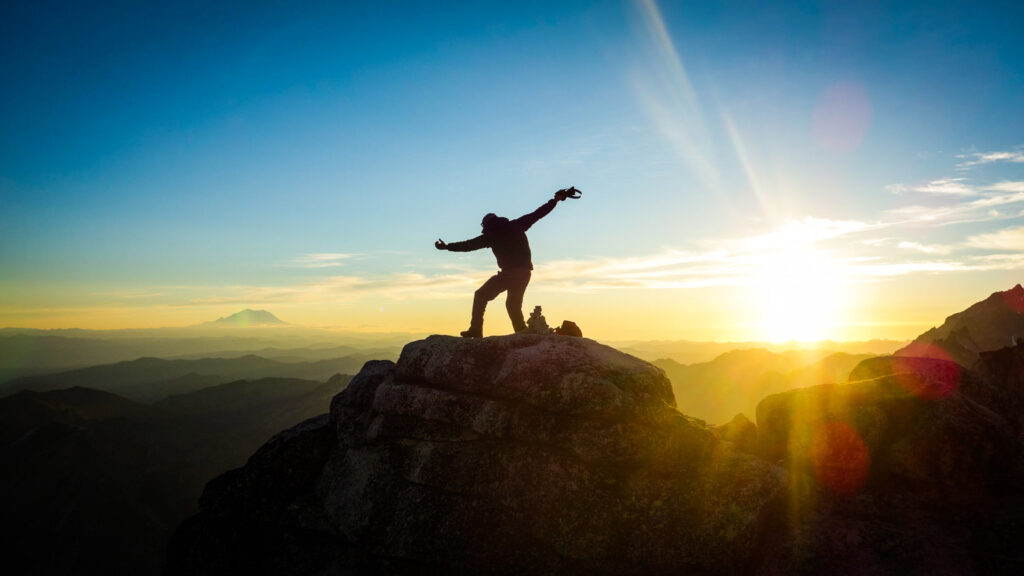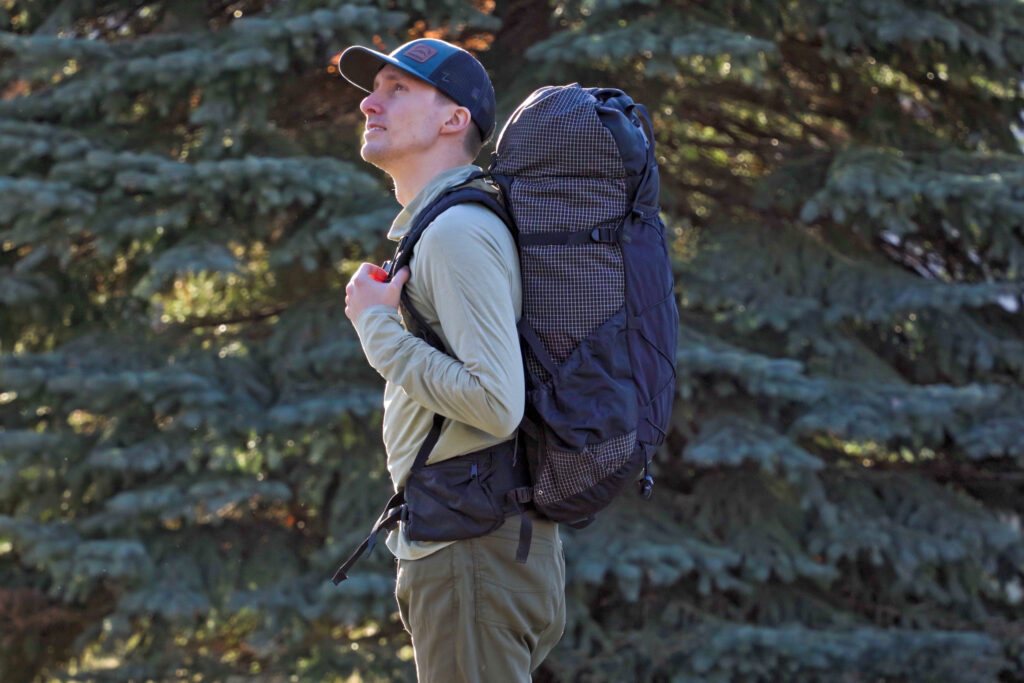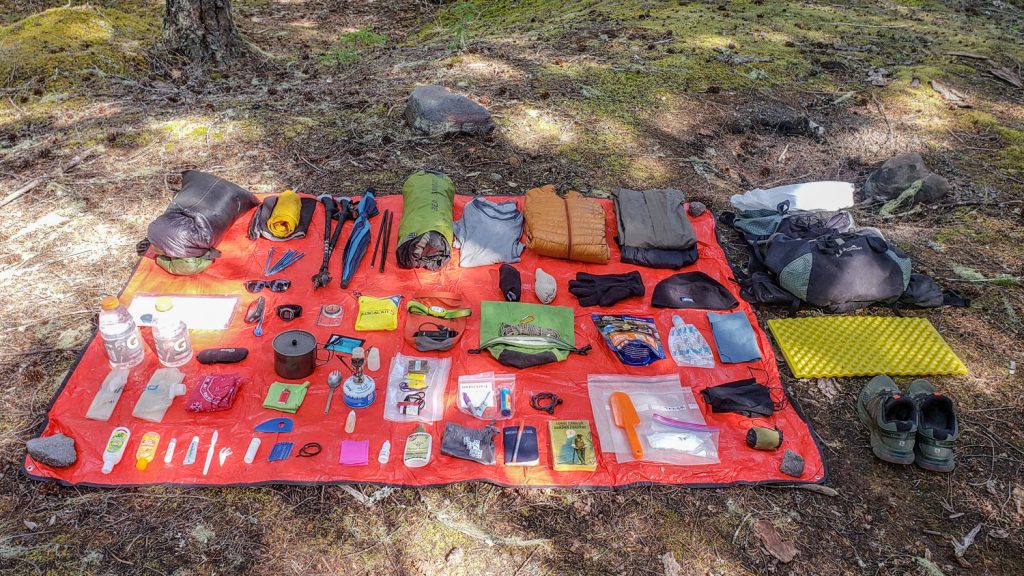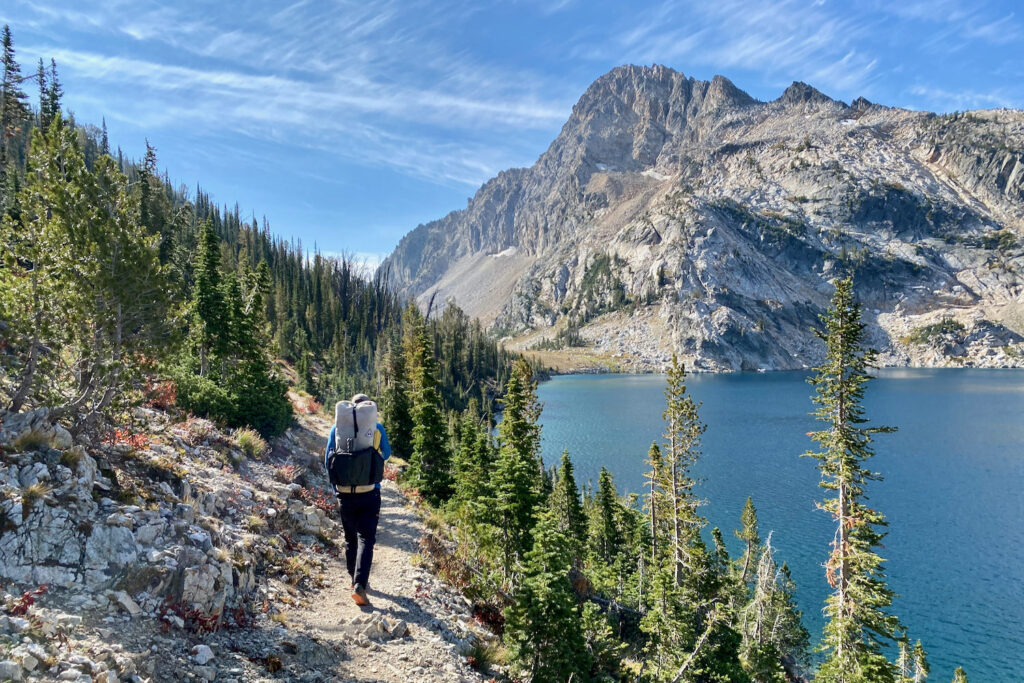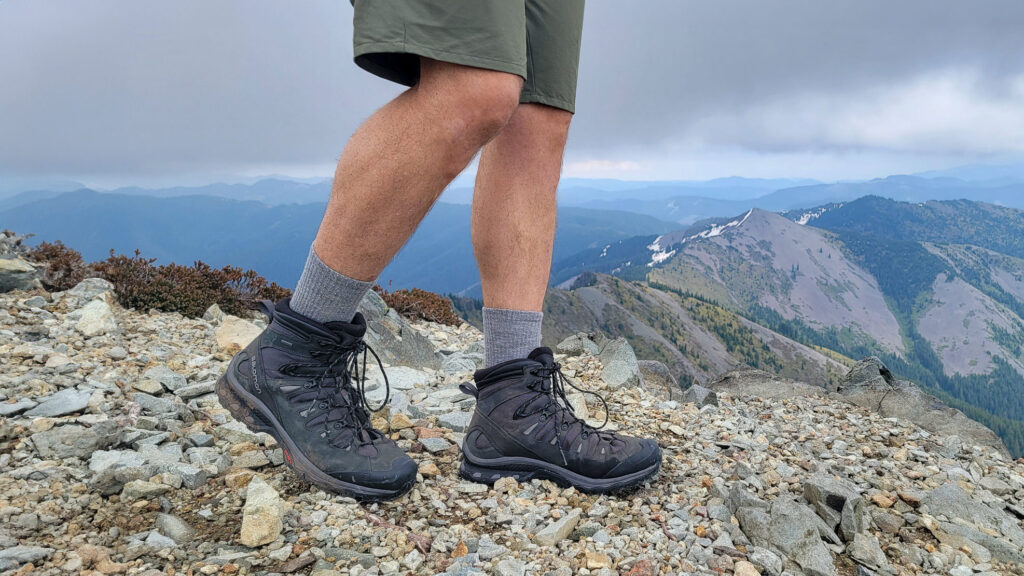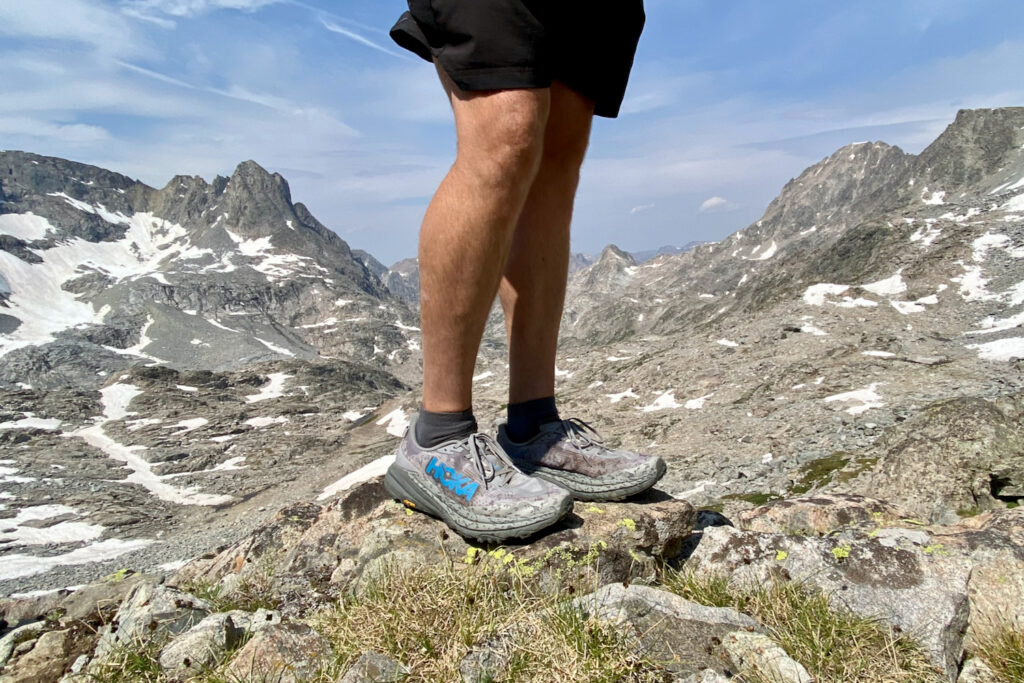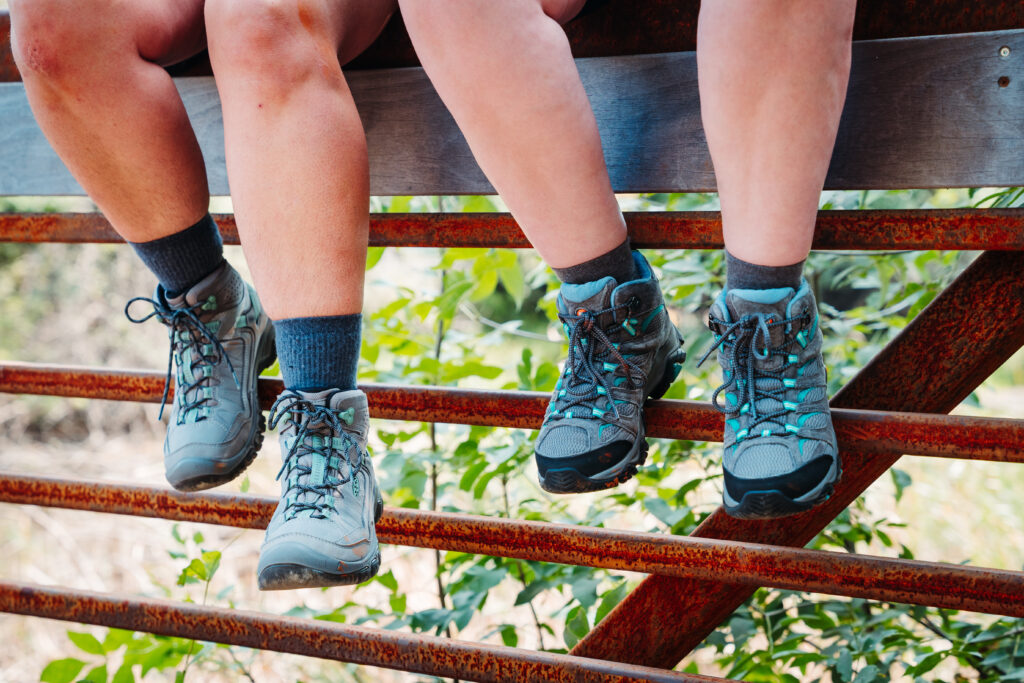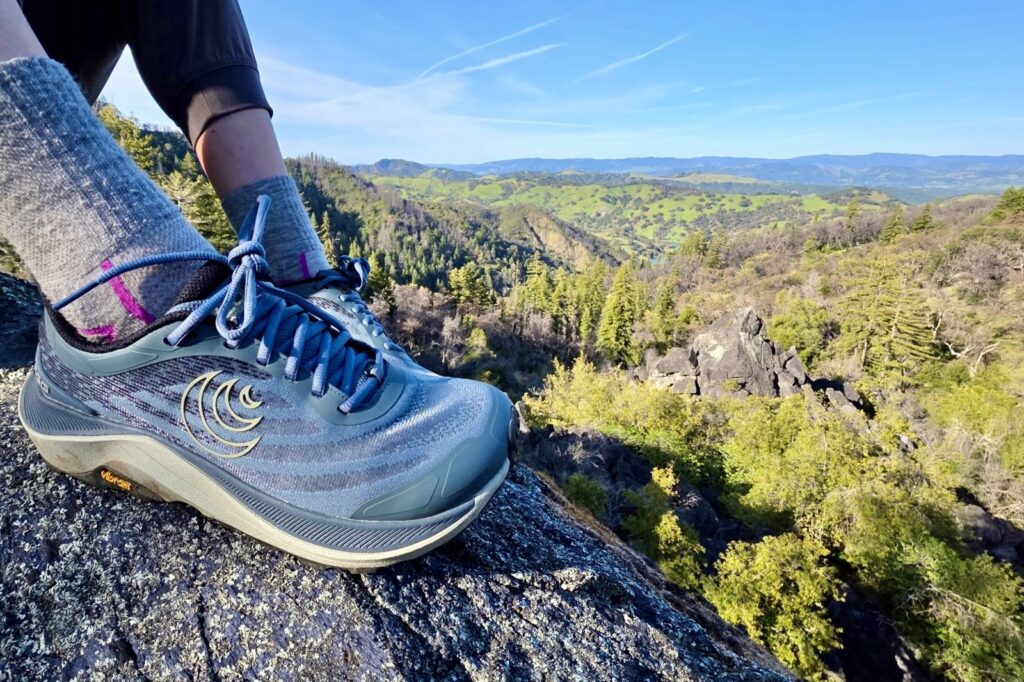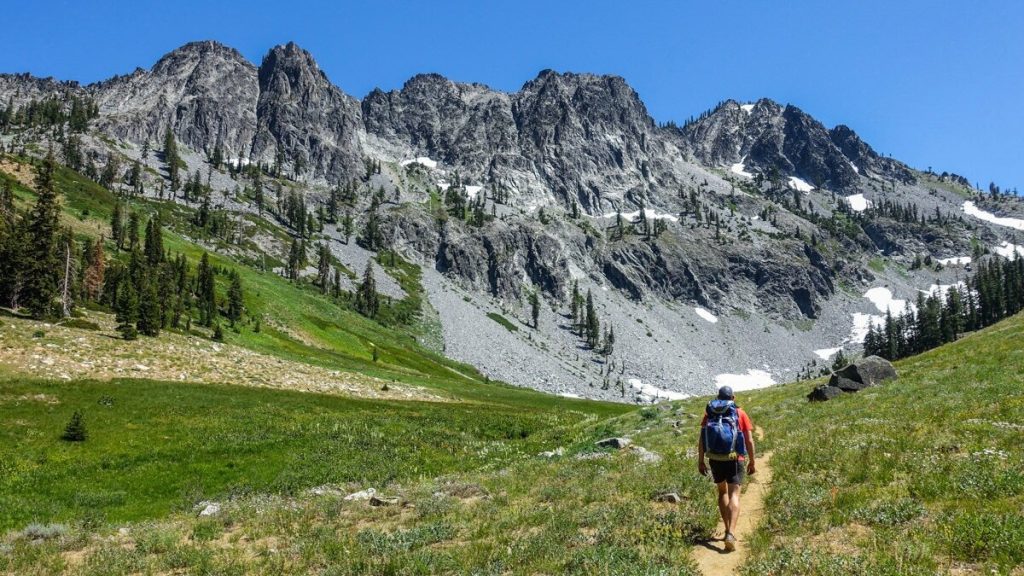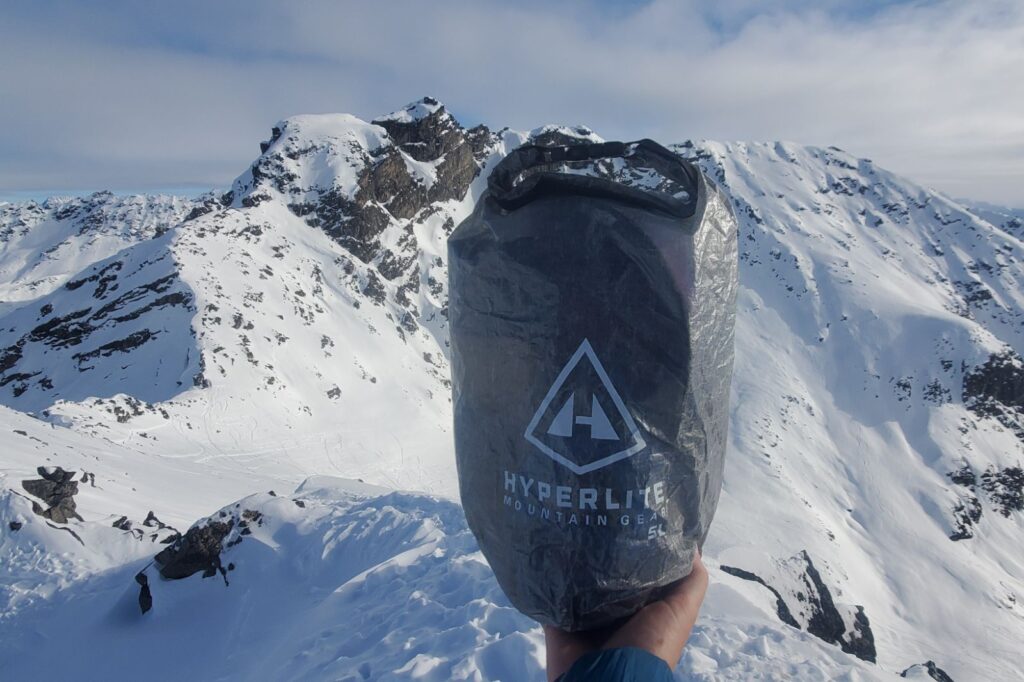
Nepal is an unbelievably beautiful country with a radiant culture and some of the most fantastic scenery you’ll ever lay eyes on. Making a pilgrimage to this trekking mecca should be on every backpacker’s bucket list.
One of the nicest things about trekking in Nepal is that it’s accessible for a wide range of travelers. Many of the most popular routes are “teahouse treks,” meaning you’ll eat and sleep in teahouses (small lodges) along the way. On a teahouse trek you won’t need a tent, sleeping pad, stove, cookware, or any extra camping equipment. That will give you the opportunity to pack light and enjoy your hike.
The list below represents all the equipment Annie and I used for three months of trekking in Nepal from September to December 2016. By the end of our trip we really had our packs dialed in, so hopefully you’ll find this info useful while preparing for your trek. Also, if you haven’t seen it yet, make sure to check out our Comprehensive Guide to Trekking in Nepal.

Teahouse Trekking Checklist
Backpack
We hiked with 45L packs (Exped Lightning 45) and had plenty of extra space. A simple lightweight backpack is really all you should need on a teahouse trek. Avoid going overboard with a 5-7lb pack. Here’s a list of my favorite lightweight backpacks.
Sleeping Bag
We used 15-degree (fahrenheit) down sleeping bags (Marmot Sawtooth) and found them to be quite warm and comfortable. At lower elevations they were too hot to zip up, but that extra warmth was necessary at altitude. Here’s a list of my favorite lightweight sleeping bags.
Shoes or boots
We used trail runners (Saucony Peregrine 6) on all of our Nepal treks and we’d make the same choice again. If you prefer boots (or plan to encounter in lots of snow), make sure they’re lightweight and break them in really well before your hike. Here’s why I prefer to hike in trail running shoes: 5 Reasons to Ditch Your Hiking Boots
Water Purifier
We absolutely loved the SteriPEN Ultra and would highly recommend it. It’s fast, easy, and effective. You’ll also save money and waste a lot less plastic by reusing the same bottles. Purifying tablets are easy to find in Nepal, but we prefer not to ingest strange chemicals. We picked up some tablets to have as a backup but thankfully didn’t end up needing them.
Water Bottles
We hiked with two 1L plastic water bottles each. They’re cheap, strong, they work well with the SteriPEN, and they’re easily replaceable. Water sources were plentiful along trails and we rarely needed to hike with more than 1-2L each.
Clothing
Don’t overpack on clothing. That’s a common mistake that will lead to unnecessary weight. Instead, pack in layers and avoid bringing any two items that will serve the same purpose. Here’s what we brought with links to some of our favorite gear:
- 1 Rain jacket shell – Patagonia M10
- 1 Pair rain pants – Mountain Hardwear Stretch Ozonic
- 1 Down jacket – Patagonia Ultralight Down Hoody
- 1 Fleece jacket – Warmer than down when damp and better to hike in
- 1 Pair hiking pants
- 1 Pair hiking shorts – Nike dri fit running shorts
- 1-2 Hiking t-shirts – Nike dri fit t-shirts
- 1 Long-sleeve shirt – Nike dri fit quarter zip
- 1-3 Pair underwear – ExOfficio boxer briefs
- 2-3 Pair socks (add thin sock liners if using boots) – Balega running socks for warm weather & SmartWool mountaineer socks for snow.
- 1 Pair long john bottoms – long john top optional for nighttime use.
- 1 Warm hat
- 1 Sun hat
- 1 Pair gloves or mittens

Map, Compass & Guidebook
Good maps can easily be purchased in Kathmandu. We always hike with a compass too, though the trails were easy to follow and we didn’t end up needing it. For a guidebook, we found the Trekking in the Nepal Himalaya book to be very useful.
First Aid Kit
Always bring a small personalized first aid kit. We used the .5 Ultralight Kit and added extras, like painkillers, diamox, and personal medications.
Fire Kit
1 small lighter, a few stormproof matches, and a small firestarter for emergencies.
Sun Protection
Sunglasses (polarized recommended), sunscreen, and spf lip balm are an absolute must.
Headlamp
A small headlamp like the Petzl e+LITE will be useful for late night bathroom visits.
Pocket Knife
We brought along a small Swiss Army Knife which came in handy here and there. This should be considered optional, but we like to hike with one.
Pack Cover
We brought along We don’t hike with pack covers because they don’t provide full rain protection. We use a combination of waterproof stuff sacks and a sturdy trash bag liner inside our packs. That gives us 100% rain protection, even in a downpour. Ziploc bags also come in handy. small Swiss Army Knife which came in handy here and there. This should be considered optional, but we like to hike with one.
Trekking Poles
We don’t usually hike with trekking poles, but many hikers in Nepal do. If you have bad knees/ankles they can help reduce strain on big ascents and descents. We didn’t bring them on any of our treks in Nepal and didn’t miss them at all. Still, here’s a list of our favorite trekking poles.
Traction Devices
We brought Microspikes with us on our highest hike (Everest Three Passes Loop) for the possibility of snowy passes, but didn’t end up using them. These should be considered optional depending on your trek. On high elevation treks with the possibility of icy pass crossings we recommend bringing them.
Small Towel
The Nano pack towel is great.
Cash, ID & Credit Card
See the money section of our Nepal Trekking Guide for more info.
Wristwatch
Nepalis estimate hiking distances in hours, not miles or kilometers, so it’s useful to pay close attention to the time.
Permits
See permits section of our Nepal Trekking Guide for more info.
Personal Toiletries
Don’t forget things like a travel toothbrush, toothpaste,contact lenses, personal medications, and any other small toiletries you’ll need.
Hand Sanitizer
Lots of people get sick when hiking in Nepal. They even have different names for getting sick, like the Khumbu cough. Use hand sanitizer often (especially before meals) and you’ll have a better chance of avoiding illness.
Wet wipes
These are very useful for cleaning up after hiking, especially when it’s too cold for a shower.
Insect repellant
At higher elevations insects aren’t a problem at all. For lower elevations, 30% DEET will do the trick. We rarely used any insect repellent.
Biodegradable soap
A small amount of Campsuds can be useful for washing up and cleaning clothes.
Toilet paper
Most bathrooms won’t provide any, so you’ll want to bring your own. You can buy more at any teahouse along the way too.
Gear Repair tape
Tenacious Tape is great.
Camera
The Sony RX100 is my go-to camera for backpacking.
Cell phone
Wifi is becoming more available at teahouses and spotty cell service is possible in popular areas, like along the Everest Base Camp route. See our Nepal Guide for more info.
Power bank
We kept all our electronic devices charged with a power bank. That helped us stay fully charged and save a little money in teahouses.
Cords & Adapters
Cords to charge your devices and a Nepal plug adapter (both are easy to find or replace in Kathmandu).
Games, Books & Journal
There can be a lot of downtime when hiking in Nepal, so make sure to bring lightweight entertainment. We loved having our Kindle Paperwhites with us. We also played cards, worked on crossword puzzles, and wrote in our journals often.
Snacks
Don’t overdo it on snacks because you’ll be able to buy them at every teahouse. That said, having a few luxury snacks can be nice when options are limited. One of our favorite treats was the dried mango we picked up in Kathmandu.
